An all-new Dodge Charger made its official debut on Tuesday and while it hewed closely to the design of the Dodge Charger Daytona SRT concept introduced in 2022, the muscle car brand had some surprises up its sleeve, announcing that the production version will be offered in both 2- and 4-door versions (as well as all-electric and gas-powered options, as well). That leaves a big question: what happens to the once widely hailed Dodge Challenger?
When Dodge showed off the Daytona SRT concept a couple years ago it raised as many questions as it answered. Among other things: since the show car was a 2-door, why was it badged “Charger,” and what would that mean for the future of the Challenger nameplate.
Of course, the Charger was, once upon a time, a 2-door, as well. And that rubbed many a long-time fan the wrong way when it returned in sedan form.
But now, the Charger name will be used for both 2- and 4-door models – and both the gas and EV versions of the new muscle car. So, is there any place for the Challenger badge in Dodge’s future?
Maybe yes, maybe no
Tim Kuniskis, the head of the Dodge brand, has a history of being surprisingly open with the media. He spend two hours offering insights, and then answering questions, about the new Dodge Charger family last week during a deep drive backgrounder.
When asked about the Challenger name, however, he gave a cryptic, Sphinx-like answer: “We own the Challenger nameplate. I don’t know what we’ll do with it.”
How to read that isn’t easy but, at the very least, it suggests that Dodge isn’t ready to abandon the badge like it has some other once well-known nameplates like Viper, Magnum, Aries, Monaco and Dart.
What next?
“We don’t have any use of that nameplate,” said Sam Fiorani, head analyst with AutoForecast Solutions, as he looked over his spreadsheet of future products. “But, names can come and go rather quickly.”
The problem, he said, is that there just don’t seem to be any specific niches that Dodge is currently looking to fill, not after launching the Hornet, a small, performance-oriented SUV that slides in under the older Durango model.
With the brand’s determined focus on muscle, it’s not going to bring back a minivan. Nor does Dodge seem interested in coming up with a smaller, more entry-focused passenger vehicle considering the generally weak sales for coupes and sedans. To some observers, even spending all that money to develop the new Charger line-up is risky. But proponents believe it’s essential, the heart and soul of the brand.
More Dodge News
- First look: all-new 2025 Dodge Charger Daytona comes with a bunch of surprises
- A Dodge of a different stripe: We review the plug-in hybrid 2024 Dodge Hornet R/T
- Dodge among numerous automakers raising 2024 model prices
More to come
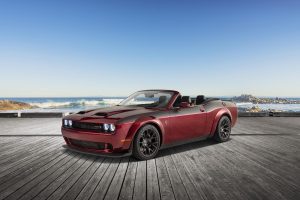
One thing that’s unlikely: seeing another Dodge Challenger convertible – especially if a new model wearing that badge were to go all-electric.
Earlier last month, Dodge sibling Jeep invited reporters in for another background briefing. Among other things, the automaker displayed a chart showing its future product plans. The further out, the more the upcoming models were blacked out.
For now, Dodge officials aren’t talking about anything other than the cadence of additional Charger and Charger Daytona models. But we know there’s more in the works, starting with variants of the Durango, said Fiorani.
The transition to electric propulsion will lead to significant changes in product plans at virtually all automakers, or so goes the general consensus. And comments from Dodge brand Kuniskis suggest that he and his team are fielding a wide range of ideas right now. Could there be some white space where an all-new Challenger fits in? That’s quite possible. It’s also possible we could see it come back as a special trim package: perhaps a Dodge Charger Challenger plug-in hybrid.
And while we’re at it, Kuniskis noted that Dodge still owns the rights to a number of other once-familiar nameplates. Perhaps there’ll be a place in the future for a Magnum or Dart – or for the Viper to make yet another return from the graveyard.

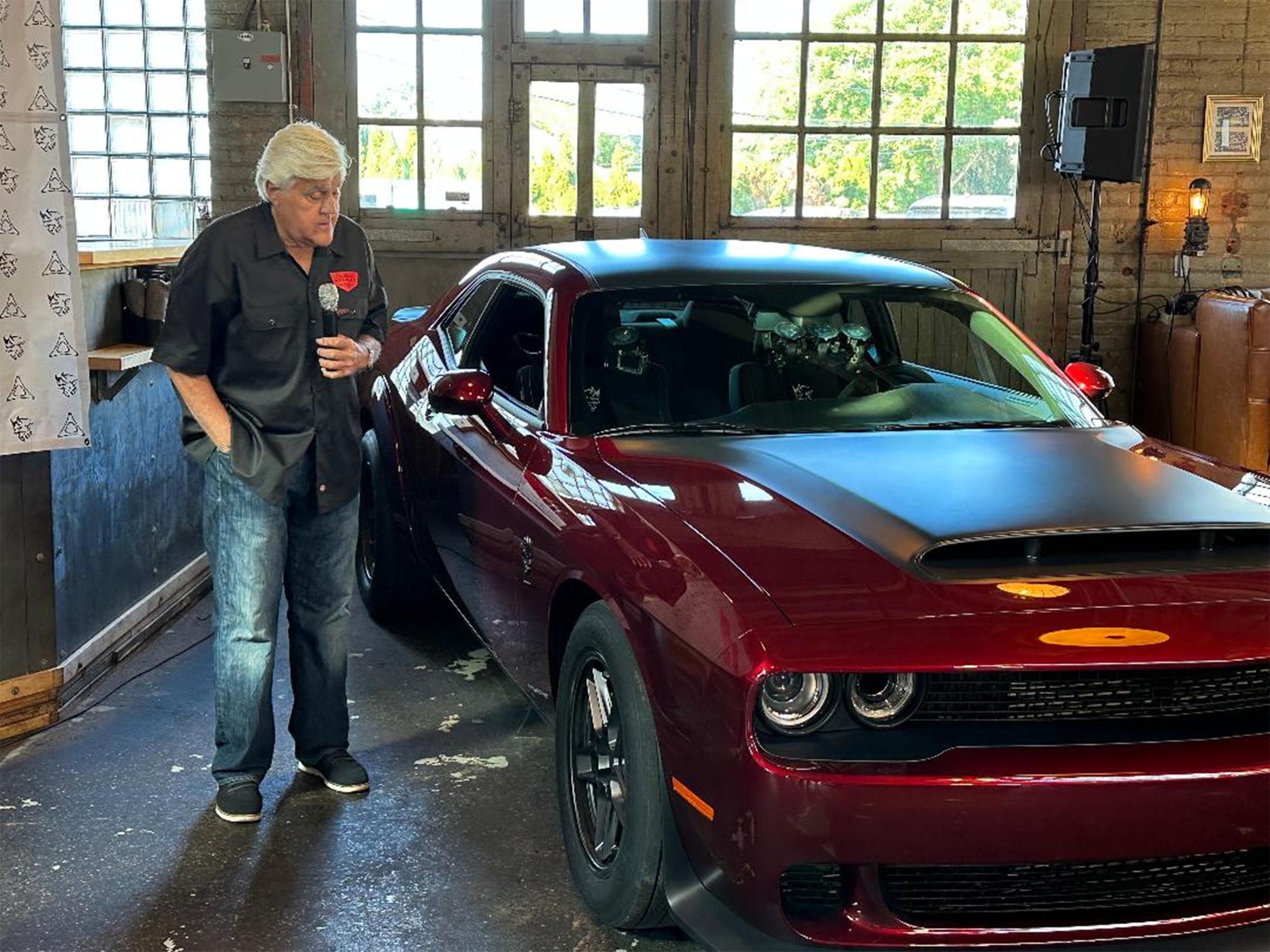
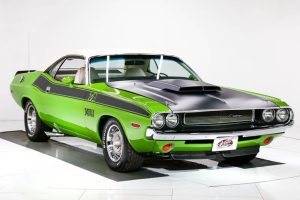
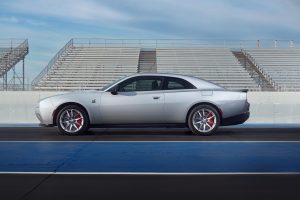
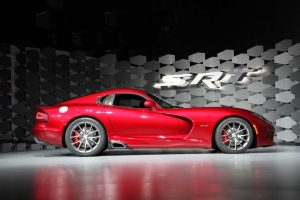
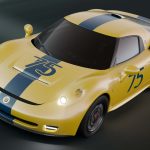
0 Comments